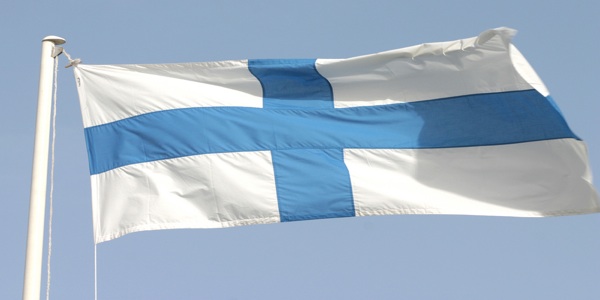Source: http://www.businessinsider.com/
Since it implemented huge education reforms 40 years ago, Finland’s school system has consistently come at the top for the international rankings for education systems.
So how do they do it?
It’s simple — by going against the evaluation-driven, centralized model that much of the Western world uses.
1. Finnish children don’t start school until they are 7.
2. Compared with other systems, they rarely take exams or do homework until they are well into their teens.
3. The children are not measured at all for the first six years of their education.
4. There is only one mandatory standardized test in Finland, taken when children are 16.
5. All children, clever or not, are taught in the same classrooms.
6. Finland spends around 30 percent less per student than the United States.
7. 30 percent of children receive extra help during their first nine years of school.
8. 66 percent of students go to college.The highest rate in Europe.
9. The difference between weakest and strongest students is the smallest in the World.
10. Science classes are capped at 16 students so that they may perform practical experiments every class.
11. 93 percent of Finns graduate from high school.
12. 43 percent of Finnish high-school students go to vocational schools.
13. Elementary school students get 75 minutes of recess a day in Finnish versus an average of 27 minutes in the US.
14. Teachers only spend 4 hours a day in the classroom, and take 2 hours a week for “professional development”.
15. Finland has the same amount of teachers as New York City, but far fewer students.
16. The school system is 100% state funded.
17. All teachers in Finland must have a masters degree, which is fully subsidized.
18. The national curriculum is only broad guidelines.
19. Teachers are selected from the top 10% of graduates.
20. In 2010, 6,600 applicants vied for 660 primary school training slots
21. The average starting salary for a Finnish teacher was $29,000 in 2008
22. However, high school teachers with 15 years of experience make 102 percent of what other college graduates make.
23. There is no merit pay for teachers
24. Teachers are effectively given the same status as doctors and lawyers
25. In an international standardized measurement in 2001, Finnish children came top or very close to the top for science, reading and mathematics.
26. And despite the differences between Finland and the US, it easily beats countries with a similar demographic.
Author: Adam Taylor ataylor@businessinsider.com


